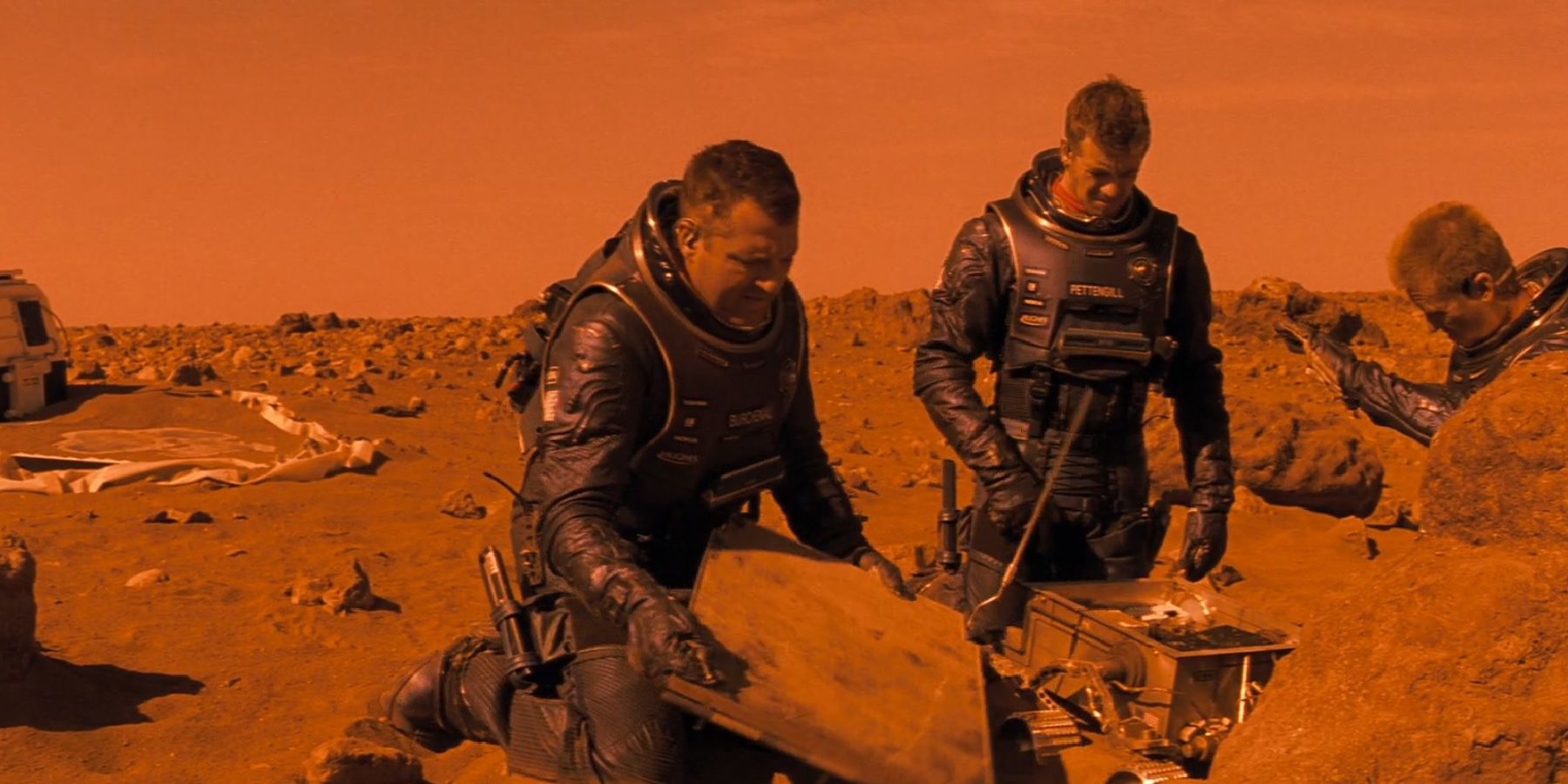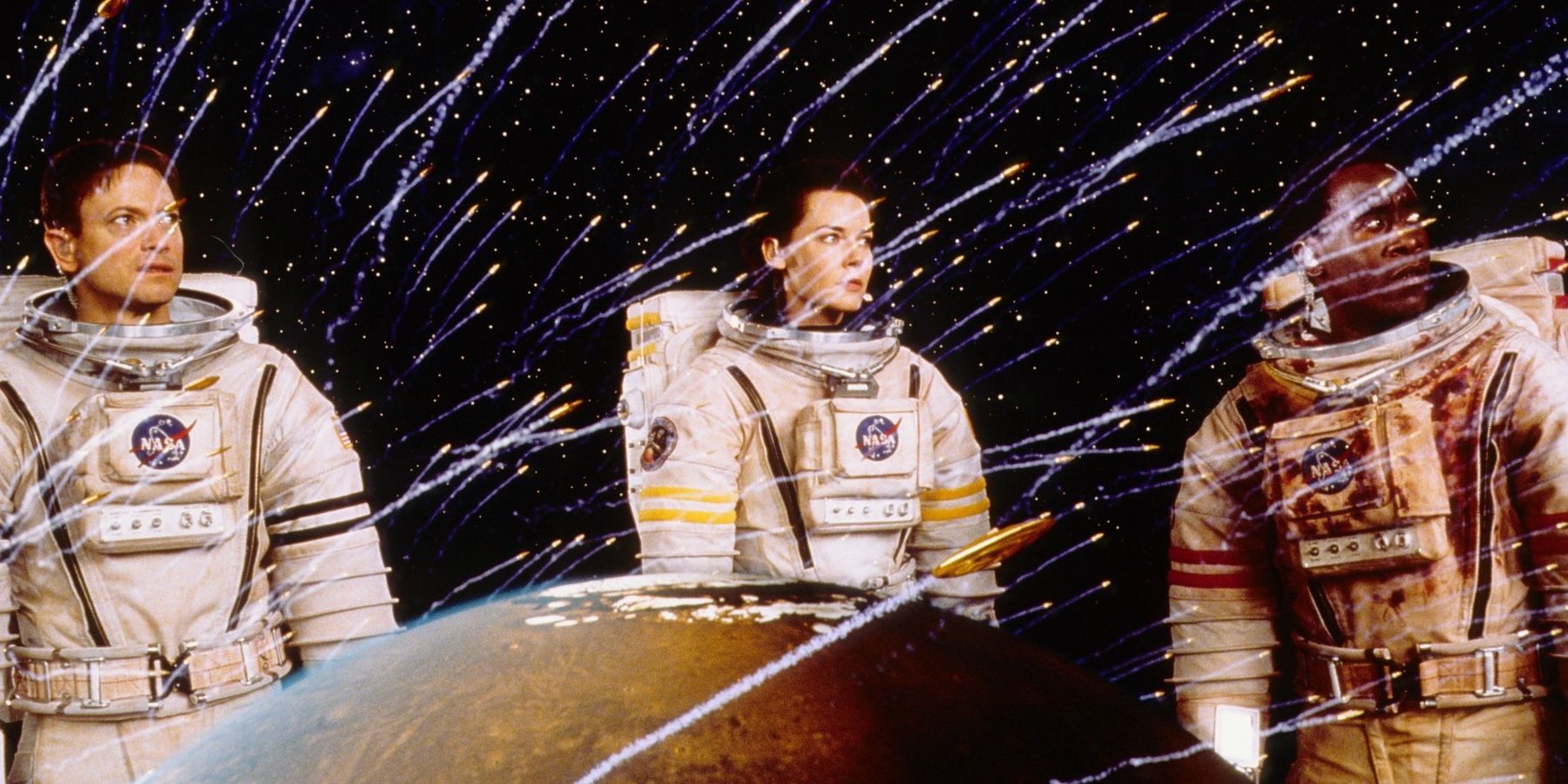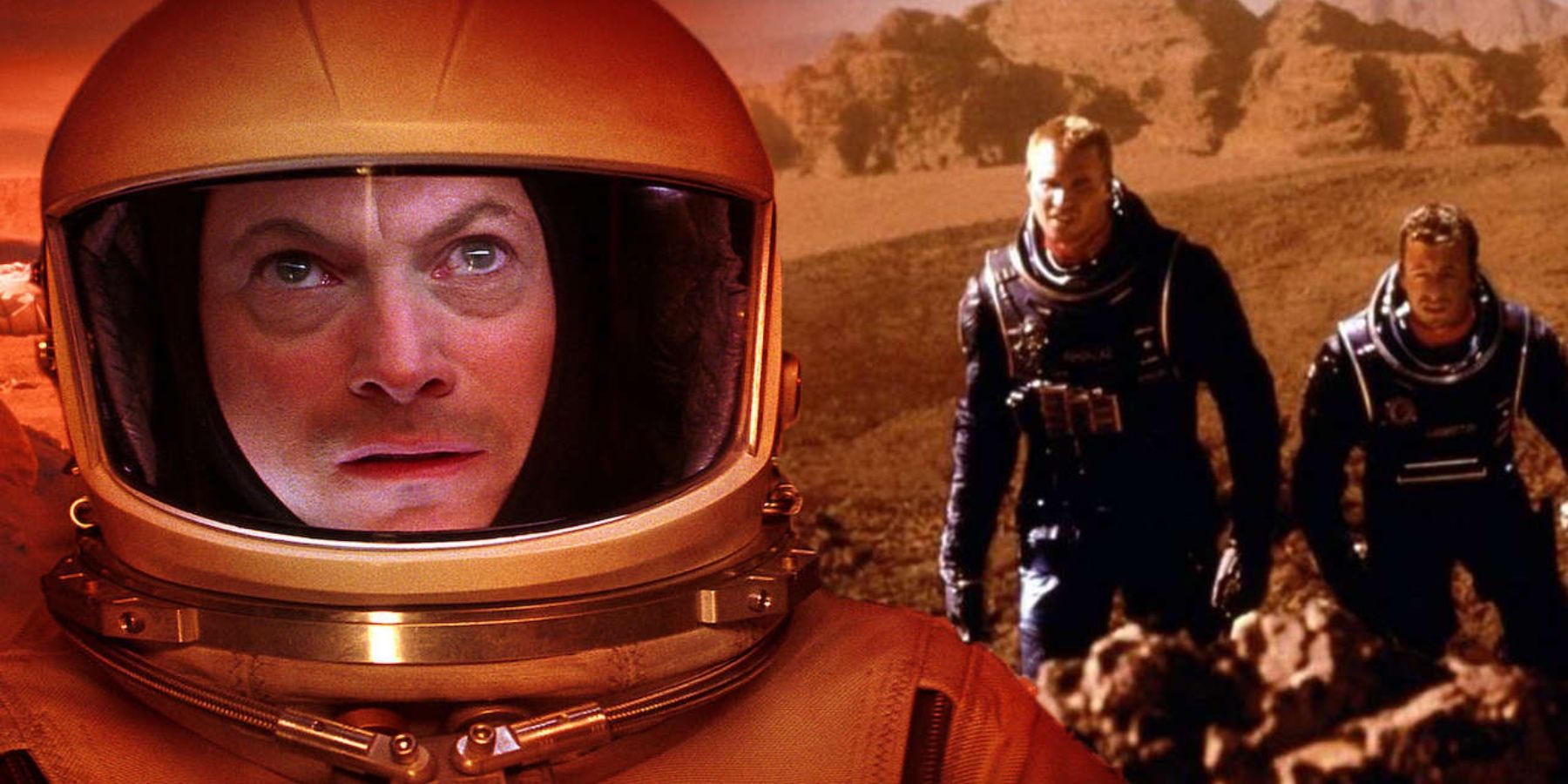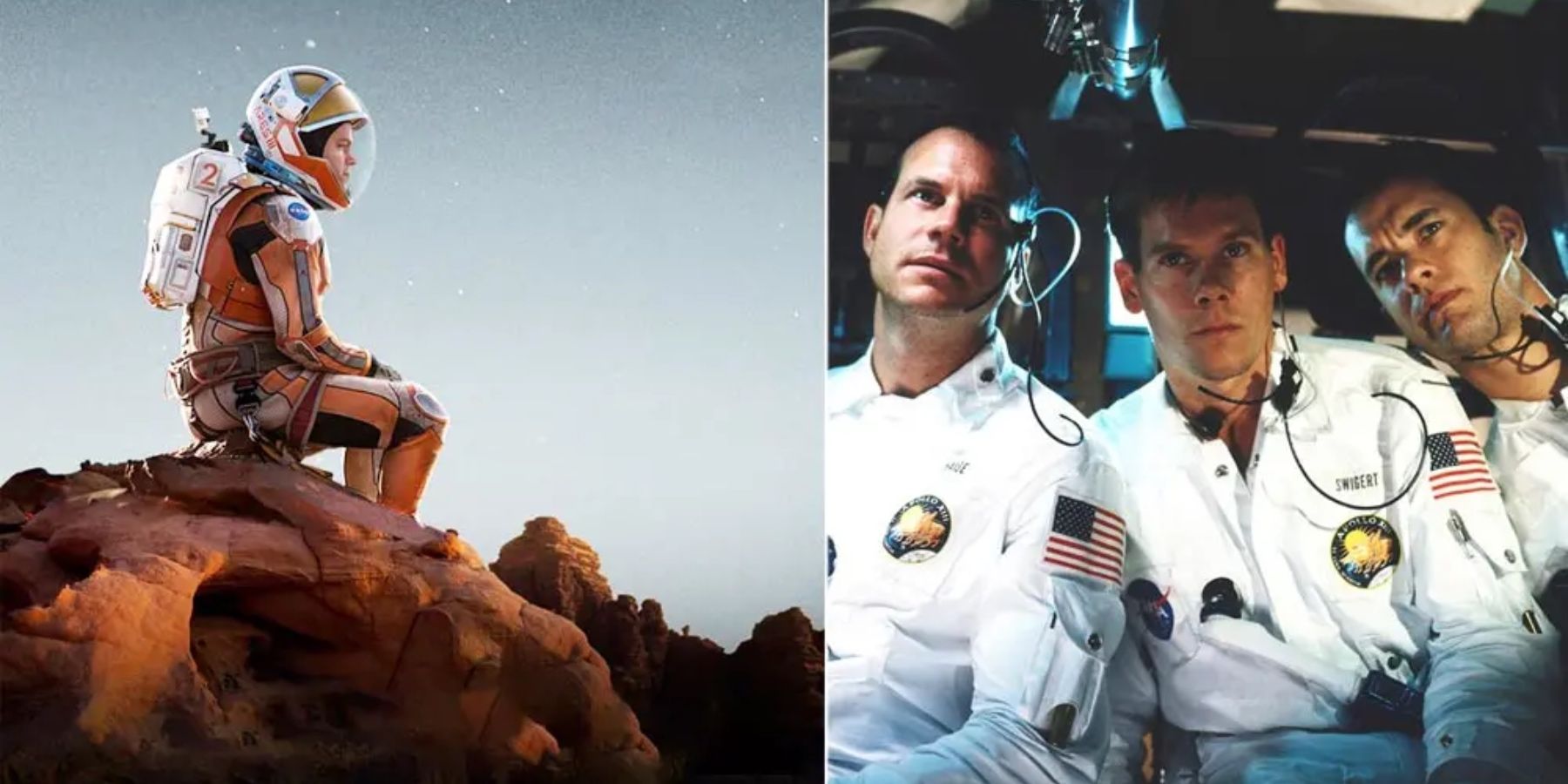
From Red Planet to Red-Hot Disaster: The Biggest Martian Sci-Fi Failures

Exploring the Martian frontier was a cinematic flop in 2000 with Red Planet and Mission to Mars Discover why these sci-fi films failed both critically and financially
Two big-budget sci-fi features set on Mars, Red Planet and Mission to Mars, were released in the year 2000. Unfortunately, both films received negative reviews and flopped at the box office. While they feature impressive visuals and talented ensemble casts, their downfall can be attributed to significant plot holes in their storylines. In contrast, classic space travel films such as Stanley Kubrick's 2001: A Space Odyssey have continued to captivate audiences with their innovative storytelling and stunning imagery.
What is Red Planet about?
In the year 2057, Earth is grappling with an environmental crisis caused by overpopulation and severe pollution. To provide a solution, algae is spread across Mars to create a breathable atmosphere for research and exploration. However, when the algae begins to disappear, a team of scientists is sent to investigate the situation. Led by engineer Robby Gallagher, Mission Commander Kate Bowman, and geneticist Dr. Quinn Burchenal, the team faces multiple challenges right from the outset. Bowman has to repair significant damage to the ship, and a rough landing results in the death of chief science officer Chantilas and a violent encounter between terraforming specialist Chip Pettengill and pilot Santen. While trying to stay alive with dwindling oxygen supplies, the team discovers that they can breathe without their oxygen helmets, and they continue their mission while attempting to reconnect with Bowman and return to the ship.
What is Mission to Mars about?
After a catastrophic storm kills his team on Mars, astronaut Luke Graham miraculously survives. His friend Jim McConnell leads a rescue mission with fellow astronauts Woody Blake, Terri Fisher, and Phil Ohlmyer to bring Luke back to Earth. Despite facing numerous obstacles and losing a crew member, they successfully land on Mars and find Luke alive but traumatized. Together, Jim and Luke work to uncover the cause of the deadly storm and devise a plan to return home.
Why did Red Planet and Mission to Mars fail?
The visual effects and star-studded cast of Red Planet and Mission to Mars may be impressive, but both films failed to make a lasting impact due to their lack of originality. Like disaster movies, space-themed films often follow a predictable formula of showcasing a crew on a perilous mission, with some team members falling victim to the dangers of space while the main characters work to save the day and return home.
Moreover, these sci-fi features often prioritize style over substance, offering tantalizing glimpses of intriguing concepts like extraterrestrial life and terraforming Mars, but failing to explore them fully due to their reliance on formulaic storytelling. For instance, in Red Planet, algae is introduced as a means of creating a breathable atmosphere on Mars, but when it disappears, insects are suddenly present to produce oxygen as a byproduct. Unfortunately, the source of these insects remains a mystery, highlighting the film's tendency to focus more on its human characters than the scientific accuracy of its plot.
Upon landing on Mars in Mission to Mars, Jim and his team encounter Luke, who claims to have seen a large humanoid face, suggesting the presence of extraterrestrial life. The team explores the face, discovering a white and brightly lit interior with breathable air. Inside, they meet an alien that visually showcases its journey. Jim is offered the opportunity to join the alien on its quest to a new home, but the film fails to address the potential consequences of such a decision, including the sacrifice of Jim's life and career on Earth.
The human characters in both films experience redemptive conclusions, but the scientific explanations are minimal. While these fictional films are not intended to be taken too seriously, they should still be captivating enough to engage audiences. During the time of their release, it's possible that viewers were not as interested in the idea of astronauts traveling to Mars or discovering new forms of life. Furthermore, these films lack the sophistication of space travel movies like 2001: A Space Odyssey and Apollo 13.
However, recent films such as Ridley Scott's The Martian starring Matt Damon and Ad Astra with Brad Pitt have explored the concept of travel to Mars. Red Planet and Mission to Mars may one day become cult classics as they attempted to depict Mars in their own unique and stylized ways. Additionally, with NASA's technological advancements in studying Mars and the possibility of landing there someday, these films have become more relevant. As Earth faces overpopulation, global warming, and climate change, more people are questioning the existence of aliens and UFOs. While these movies may not be the greatest sci-fi features, they offer audiences intriguing ideas to ponder, which is ultimately what sci-fi aims to achieve.










